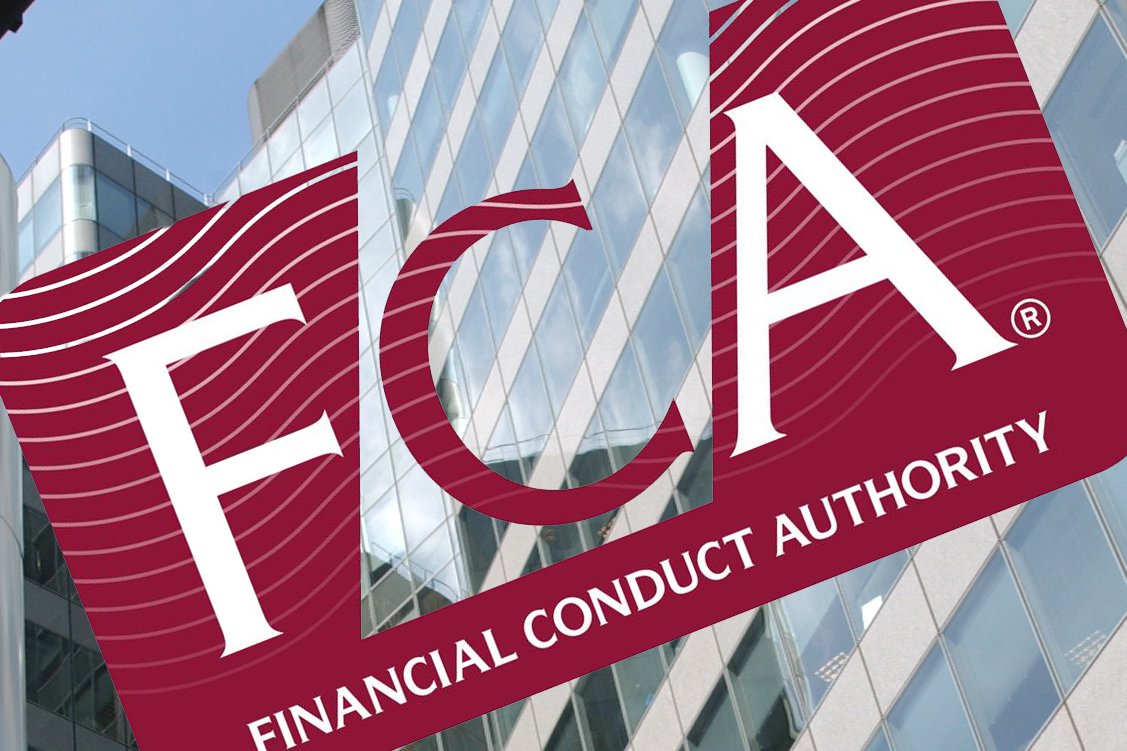On 16 March the Federal Reserve Open Market Committee (FOMC) raised interest rates for the first time since 2018. A month ago, this was front and centre of market debate but clearly the ongoing Russia-Ukraine war has eclipsed all other events. However, we continue to consider that rising interest rates will have significant implications for equity markets. Some sectors and geographies are likely to do well, whereas others could be at risk. Investors should start factoring this change into investment decision-making.
Daniel Casali, Chief Investment Strategist at Tilney Smith & Williamson, the leading wealth management and professional services group which is set to re-brand to Evelyn Partners in the summer, comments:
Inflation has become a significant pressure since markets started to reopen in the wake of the pandemic. In the US, February headline CPI inflation rose 7.9% from a year ago, its highest rate since 1982. Central bankers and money markets are now moving to mitigate inflation risk in the global economy. The Bank of England raised interest rate by 0.25% to 0.75% in March, the first time it has hiked rates for three consecutive meeting since 1997. The ECB is also sounding concerned about rising inflation and has warned of monetary tightening ahead. Indeed, the swap markets are now anticipating European rates to rise several times by the end of 2022, even in the face of supply chain disruption caused by the Ukraine conflict.
Importantly, the US government bond market is now discounting higher Treasury yields in nominal and real terms. After reaching a record low of just 0.5% in March 2020 at the height of the COVID-19 virus nadir, the 10-year Treasury yield benchmark has now broken well through the 2% level. The real yield (from the Treasury Inflation Protected Securities market) also appears to have troughed, which suggests that the US economic recovery is now on a firmer footing since the virus outbreak.
Looking forward, we expect upward pressure on yields to persist: bond yields typically rise throughout policy tightening cycles until markets sniff an imminent recession or a central bank pivot. We are some distance from that point. In our view, this is not likely to be an issue until 2023 or 2024. In the meantime, the new environment has implications for the stock market and the type of companies that can thrive.
The impact for equity markets
As real yields move higher, low yield and no yield assets are starting to struggle. This group of assets runs the risk gamut from speculative cryptocurrencies to safe sovereigns. It will also exert a headwind on those companies whose valuations are based on assumptions about high future cash flows. This is because higher yields increase the cost of capital used to value these companies, which, all things equal, results in a lower valuation. It is these areas that investors need to side-step in the near-term, as they may struggle to outperform in relative terms.
Out of all the major markets, the US equity market is particularly vulnerable to rising real rates due to its high 52% share of sectors that have gained from loose monetary policy (and lockdowns), like communication services, consumer discretionary (think Amazon) and Information Technology1. In contrast, the UK has benefitted from its relatively large 52% share to sectors that are now benefitting from rising raw material prices (energy and materials), higher interest rates (financials) and strengthening manufacturing activity to relieve supply-chain disruption (industrials).
Some market participants assume that this affects the high-growth technology sector and little else. Certainly, technology is sensitive, but our analysis shows there are other sectors caught in the same headwinds. To quantify the drag on equity performance from rising US real rates, we use a two step-process. First, we segregated those sensitive equity markets and equity country sectors where valuations were statistically driven by US real rates over the past 4 years. Second, for those selected sectors we assumed a scenario where US 10-year real Treasury yields move from their current rate of around -0.50% to zero and determined how much it would reduce their forward price-to-earning (PE) ratios. Our assumption is that the drag on PE ratios from rising real yields should identify relative underperformers.





